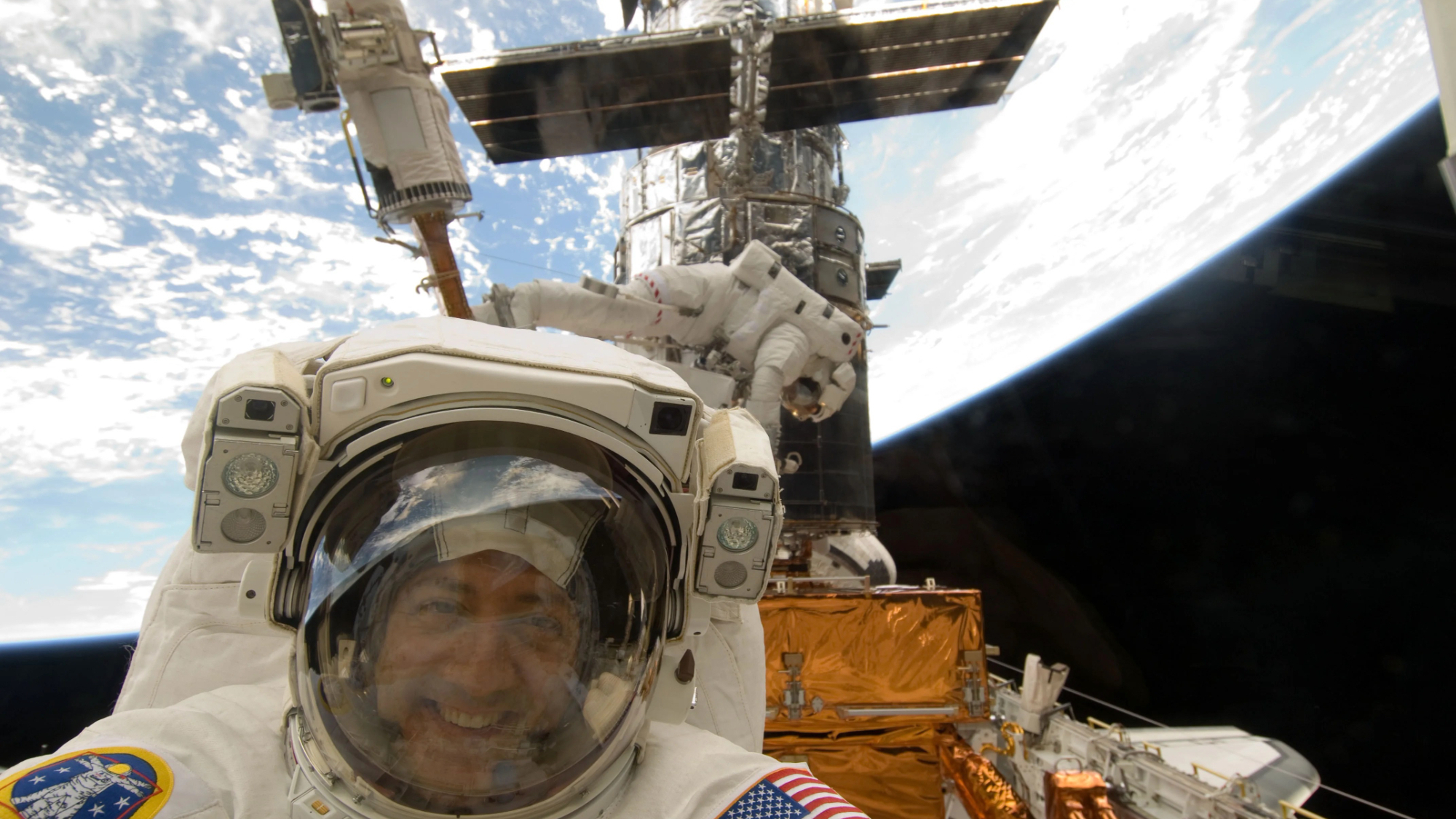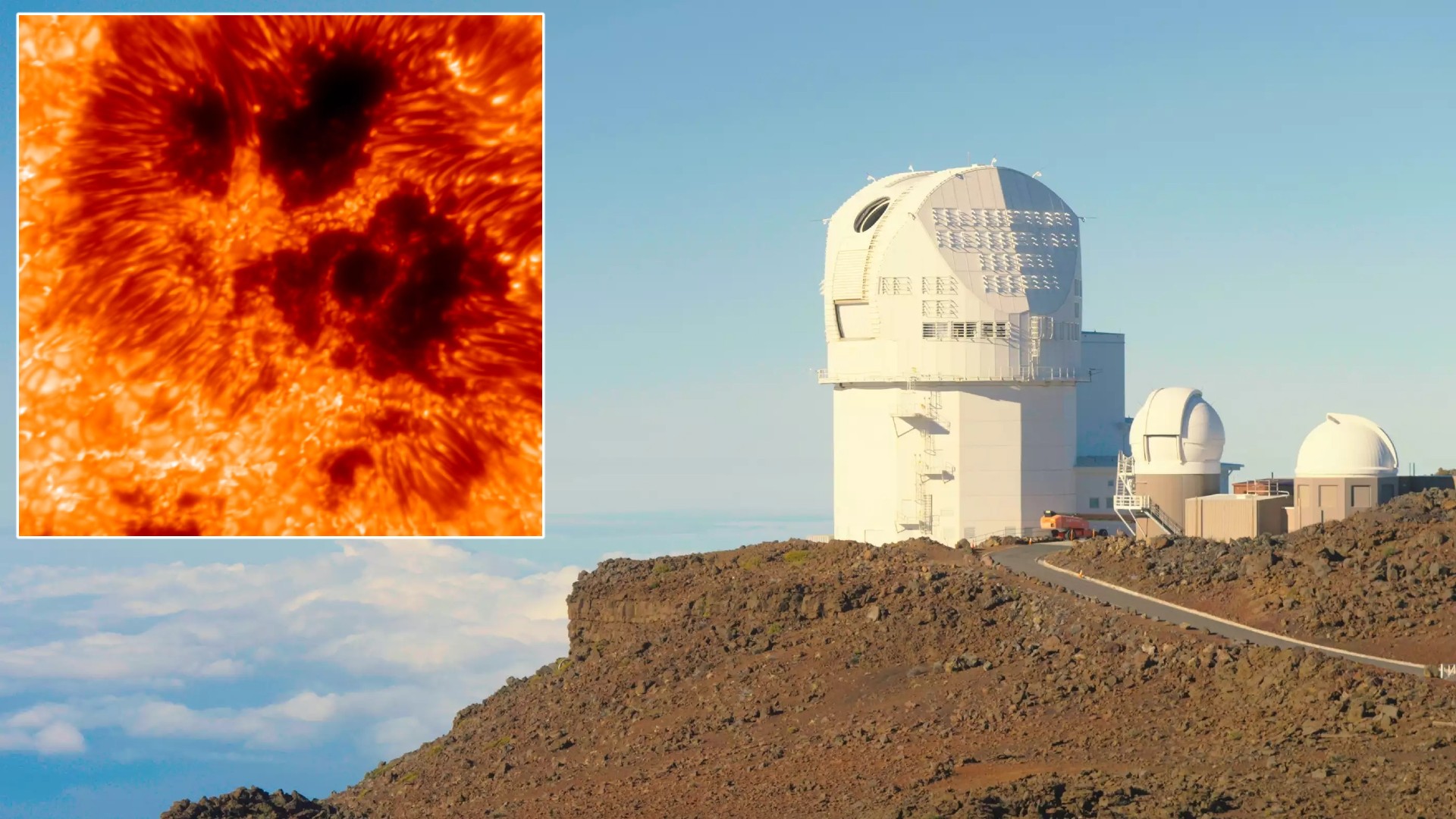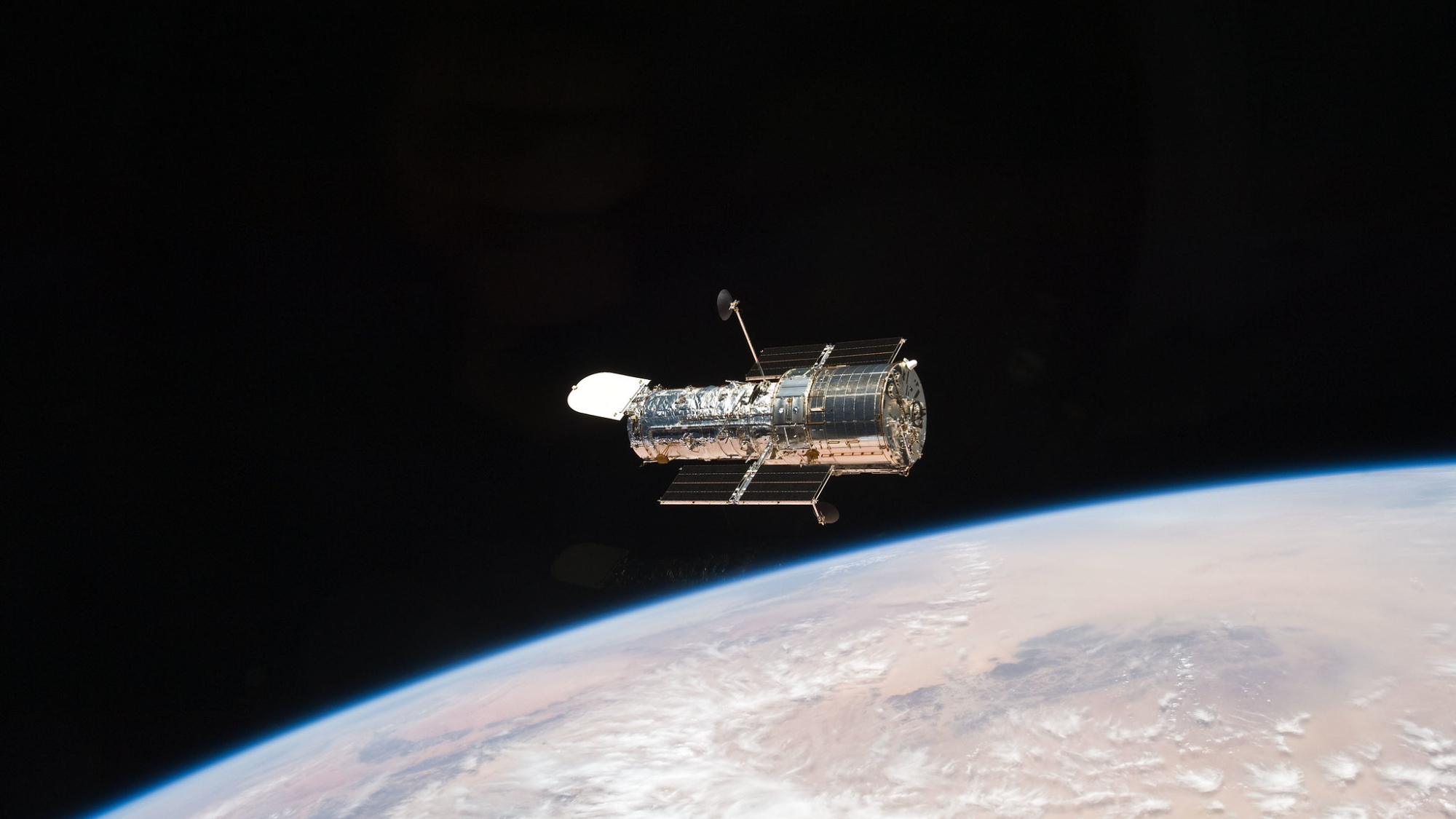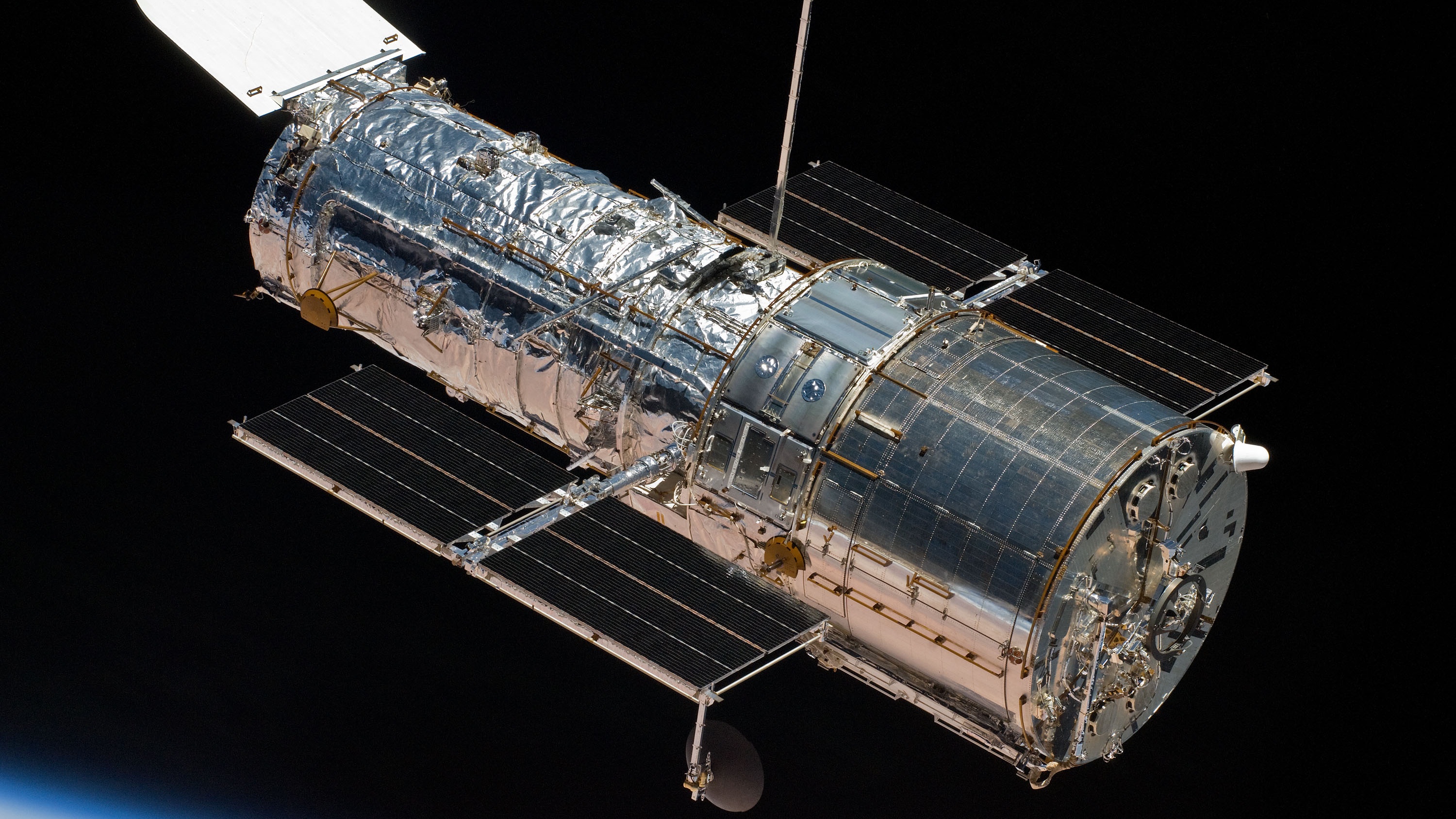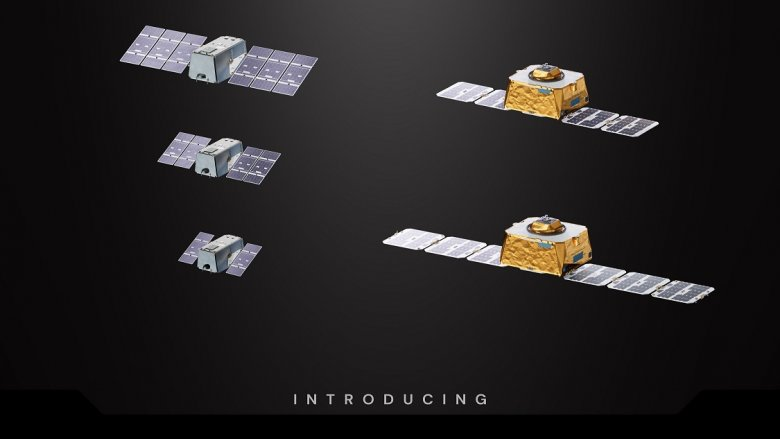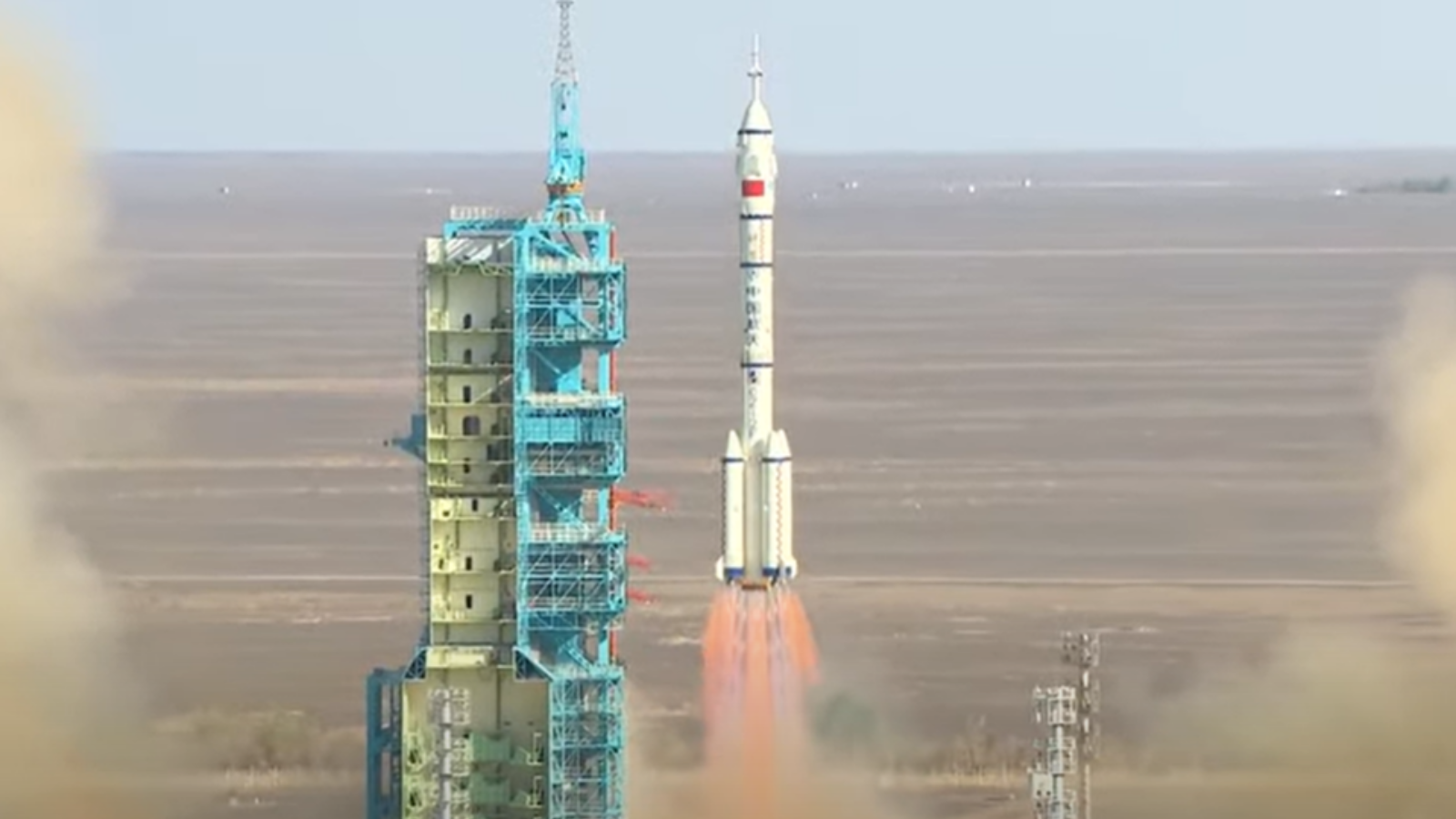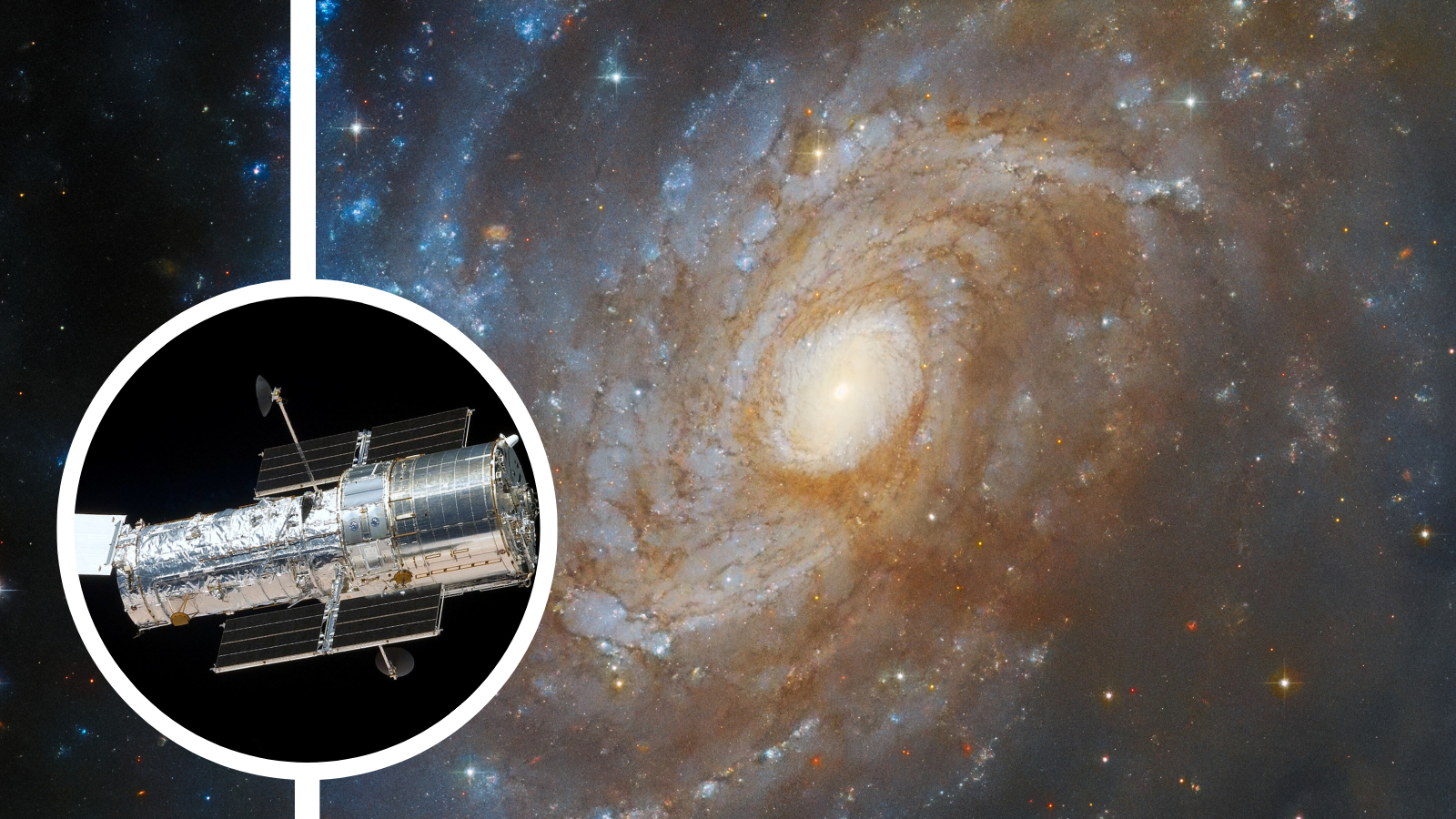The Surprising Story Behind 1-Year-Mission Astronaut Scott Kelly's Space Patches
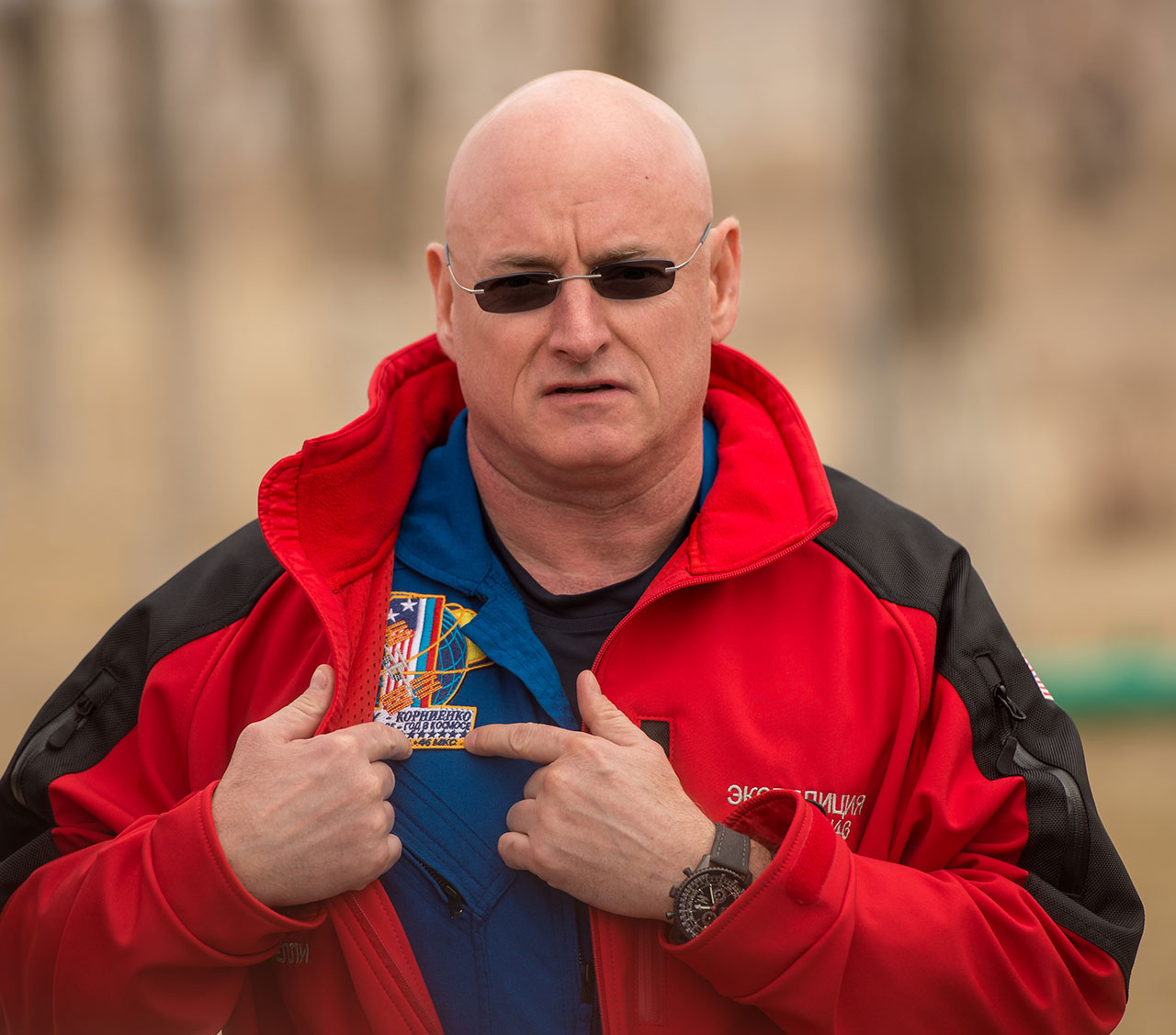
Scott Kelly's astronaut name tags were supposed to be aboard the International Space Station by now.
The two blue and gold embroidered badges, each adorned with U.S. Navy astronaut wings and Kelly's name in either English or Russian, were originally among the items that NASA had arranged to send to the orbiting outpost ahead of Kelly beginning his yearlong mission this Friday (March 27).
In fact, the pair of name tags had been packed aboard a U.S. commercial cargo freighter that was on its way to the space station last October. [Photo: Scott Kelly’s Rocket Debris-Recovered Name Tags]
That is, until seconds into the flight, when the unmanned rocket exploded in a giant fireball over Virginia.
In the wake of the accident, as investigators searched the debris field for clues as to what happened, someone found Kelly's name tags. Seemingly no worse for the wear, the cloth patches were returned to the astronaut.
"And now I'm taking them with me," Kelly revealed, noting to collectSPACE.com that they had to be something of a lucky charm.
"After all," he joked, "what are the chances they would be in two rocket explosions?"
Get the Space.com Newsletter
Breaking space news, the latest updates on rocket launches, skywatching events and more!
The name tags, talismans or not, are set to fly with Kelly, adding to the record number of mission-related patches he will wear as part of this expedition.
Together with cosmonauts Gennady Padalka and Mikhail Kornienko, Kelly will launch onboard Russia's Soyuz TMA-16M spacecraft on a four-orbit, six-hour flight to the space station beginning from the Baikonur Cosmodrome at 3:42 p.m. EST (1942 GMT) on Friday.
Kelly and Kornienko are the International Space Station's first yearlong crew members. Their extended mission will collect medical data to better understand how the human body reacts to the space environment, helping NASA and Roscosmos prepare for even longer journeys into space, such as sending astronauts to an asteroid or to Mars.
Because of their extended stay and the logistics of flying astronauts and cosmonauts to and from the space station, Kelly and Kornienko will join four expedition crews while in orbit. They are also members of the TMA-16M crew, and, of course, members of the two-person one year mission.
That means that during their trip around the Sun, Kelly and Kornienko will each see their names stitched onto no less than six different mission patches — all in the course of one mission. But that's just the start.
Name tags aside, Kornienko also has three patches from his prior 176 day stay on the space station in 2010. Kelly, who similarly spent 180 days in space before this yearlong expedition, flew on three previous missions, accumulating five patches (two space shuttle emblems, a Soyuz patch and two expedition insignias). [The Most Extreme Human Spaceflight Records]
That brings Kelly's total to 11, which turns out to be more mission patches than the two astronauts who are tied for the most missions into space at only seven.
For collectors, Kelly's patchwork extends even further. In the lead up to Kelly's launch, two of his four space station expedition patches for this yearlong mission had changes made after they had entered production. A crew member change on Expedition 43 required a name swap and the art for the Expedition 46 patch was altered after concerns were raised about inadvertent symbolism.
(Kelly's second shuttle flight, STS-118 in 2007, also had two versions of its patch after a crew member change.)
And, as if all that were not enough, Kelly also has official NASA honorary patches to mark the speed he achieved in flight, "Mach 25," and when he logged his first "100 Days in Space." An emblem was also created to symbolize the study he will undergo on this mission with his twin brother Mark, comparing how the two fare while Scott is in space and Mark is on Earth.
If that seems like a whole lot of space patches to wear, it is. In the months prior to his launch this week, Kelly was seen at first wearing a flight jacket decorated with at least 11 patches, including the NASA logo and U.S. flag. Even he thought it was a bit much.
"I am getting a new one with less patches on it, because this looks kind of ridiculous," Kelly told collectSPACE in January. "It makes me feel guilty when I see some of the ascans (astronaut candidates) walking around with no patches with their names on it."
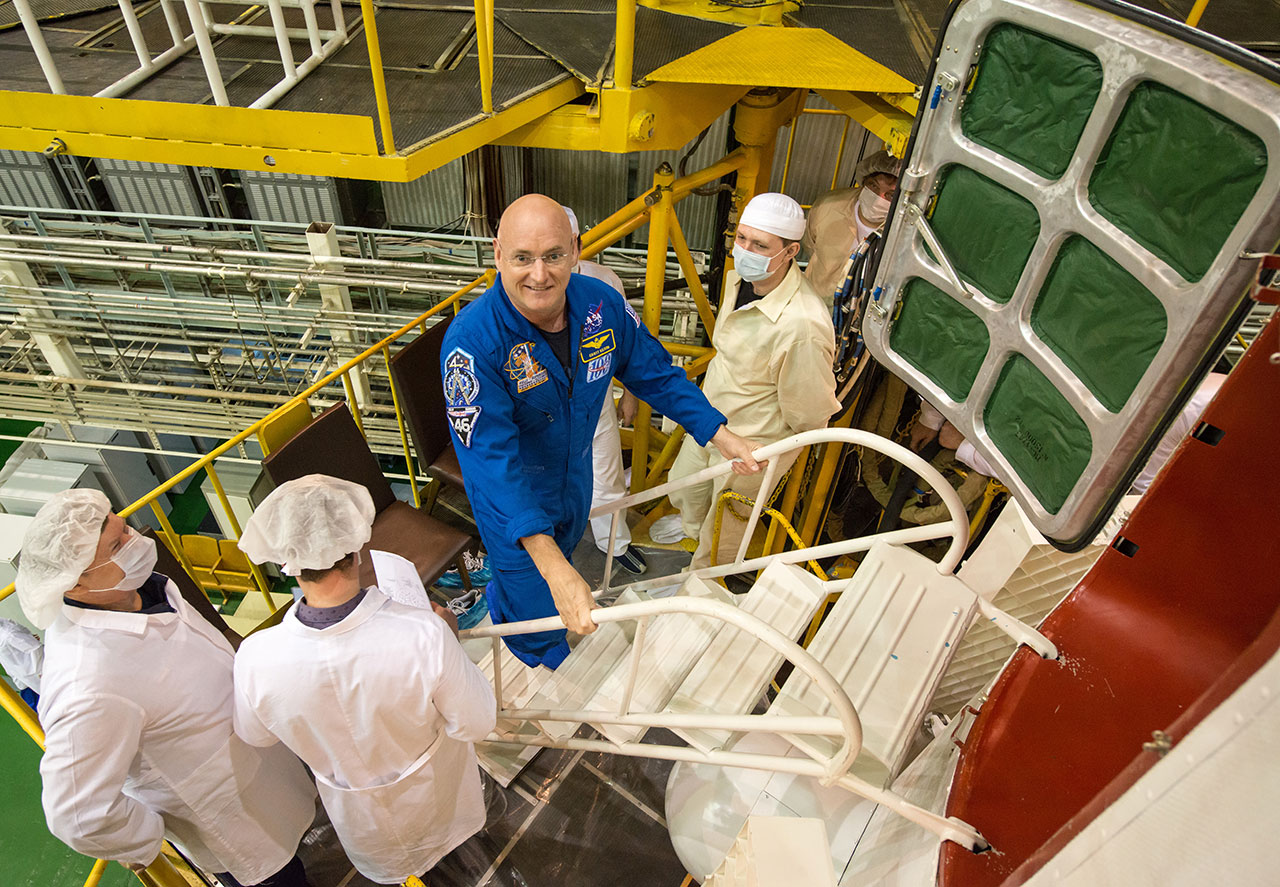
Kelly should take some solace though, in the knowledge that another of his crew members has even more patches. Gennady Padalka, who will only stay only six months with Kelly and Kornienko in space but who will set a record for cumulative time over the total course of his five flights, has had 13 different mission patches bare his name, two more than Kelly.
Click through to collectSPACE.com to see astronaut Scott Kelly’s many mission patches.
Follow collectSPACE.com on Facebook and on Twitter at @collectSPACE. Copyright 2015 collectSPACE.com. All rights reserved.
Join our Space Forums to keep talking space on the latest missions, night sky and more! And if you have a news tip, correction or comment, let us know at: community@space.com.

Robert Pearlman is a space historian, journalist and the founder and editor of collectSPACE.com, a daily news publication and community devoted to space history with a particular focus on how and where space exploration intersects with pop culture. Pearlman is also a contributing writer for Space.com and co-author of "Space Stations: The Art, Science, and Reality of Working in Space” published by Smithsonian Books in 2018.In 2009, he was inducted into the U.S. Space Camp Hall of Fame in Huntsville, Alabama. In 2021, he was honored by the American Astronautical Society with the Ordway Award for Sustained Excellence in Spaceflight History. In 2023, the National Space Club Florida Committee recognized Pearlman with the Kolcum News and Communications Award for excellence in telling the space story along the Space Coast and throughout the world.

